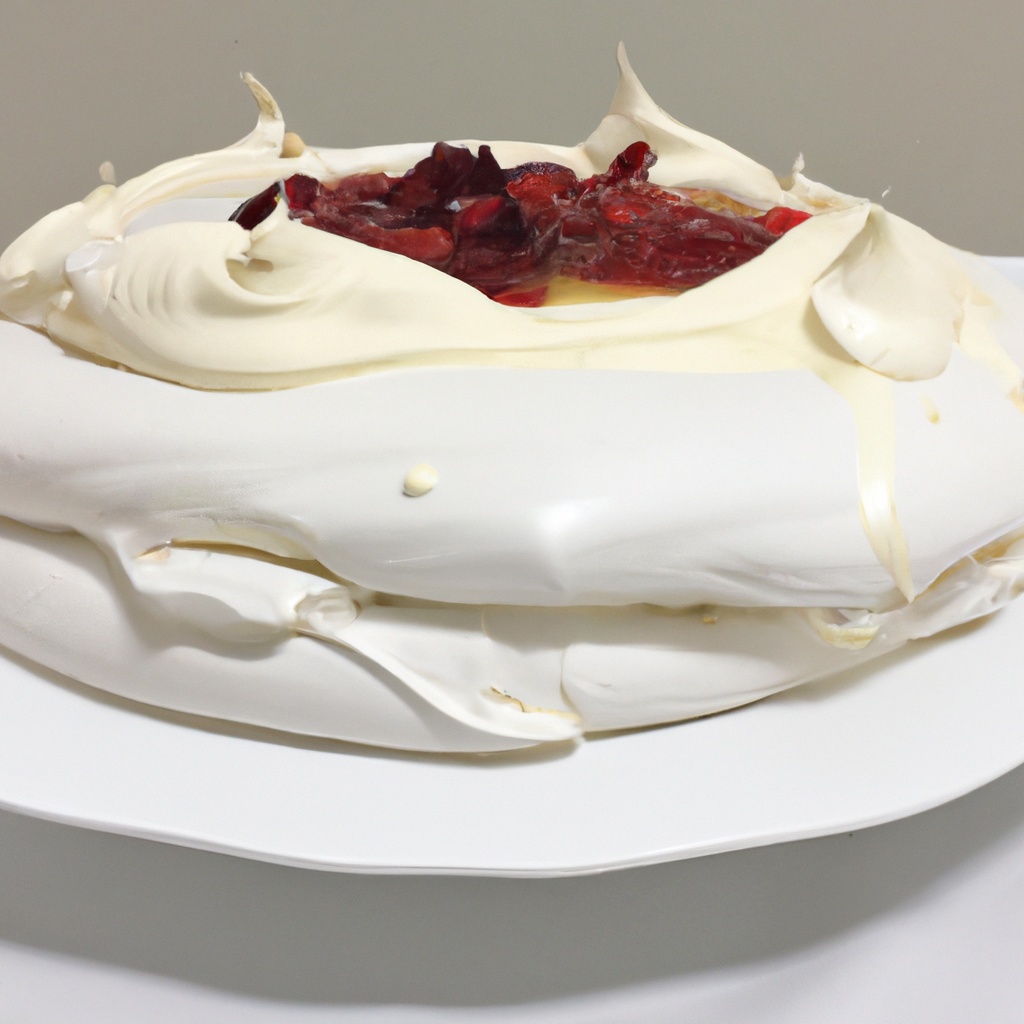PROS
Pavlova is light, airy and delicious dessert that is easy to make and always impresses your guests.
It can be topped with any variety of fruits, making it a customizable treat.
The fluffy texture of the pavlova is a crowd pleaser and it is extremely satisfying to eat due to its balanced sweetness.
CONS
The dessert is high in sugar and calories so it should be enjoyed in moderation.
The pavlova can be quite fragile which means that it can crack easily and can be difficult to manoeuvre when transferring it from the baking tray to the serving dish.
The dessert should always be served immediately as it does not store well once assembled.
HEALTH & BENEFITS
Although pavlova may not be the most healthiest dessert due to its high sugar content, it can be modified by reducing the amount of sugar used in the recipe. It is a gluten-free dessert for those with gluten allergies and can also increase the intake of fresh fruits. The fresh fruits used on pavlova are a good source of vitamins, minerals and dietary fiber.



/rating_off.png)
Leave a Reply